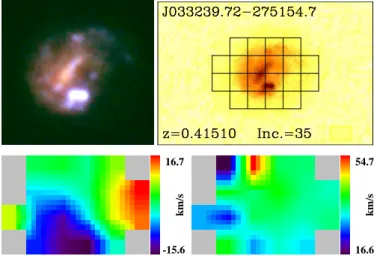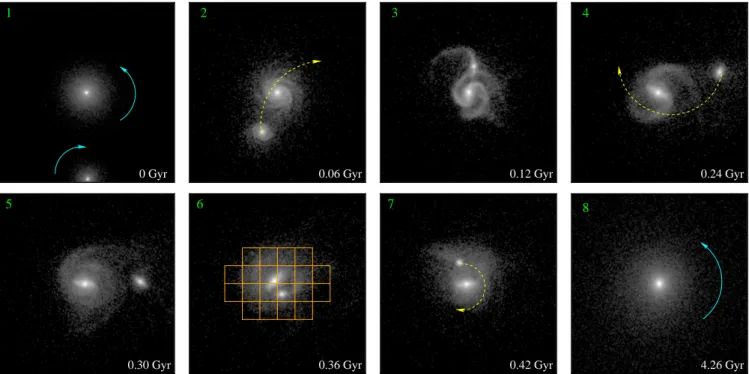A giant bar induced by a merger event at z=0.4?
Texte intégral
Figure




Documents relatifs
Earth, with focussed flow throughout. The drop in slope at high drainage areas in GC4 is probably an artefact 717.. 31 of the low number of pixels included in the slope
Moreover, Bekki & Couch (2003) have recently demonstrated that ram pressure can trigger the collapse of stripped clouds leading to a burst of star formation, suggesting that
P, N, N 0 , Z, Q, R stand for the sets of prime numbers, positive inte- gers, nonnegative integers, integers, rational and real numbers, respectively.. We use 0 for the identity
All, they find, using different forms for the disk and often Einstein equations, similar results: the Bessel’s functions, similar mass, …, with no need of a
They need supercomputers and optical cameras to determine the orientation the merger stars. This process allows scientists to determine the speed of the
To study the effect of metal ions, potential inhibitors, different solvents, and sea salt on the purified enzyme, the activity was determined in the presence of metal ions in
parameters: reach duration: the total duration of reaching phase (ms); time to peak velocity: the 134.. ratio between the time at which the maximum velocity occurred
This is confirmed by comparing the stream function of two couples of merging M-vortices spinning at 0.15 m/s and 0.4 m/s, respectively (evaluated at 1000 m depth and in the